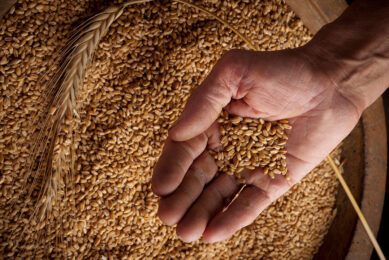Harvest pressure in the wheat market, maize unstable

In particular, the soon to be expected supply of new wheat crops from the Black Sea region means that the brief upturn in wheat prices is now a thing of the past. Corn has become more expensive again, after surprising acreage figures from the US.
The grain market experienced a brief, sharp rebound in forward prices last Wednesday, June 30 and Thursday, July 1, following the publication of the United States’ acreage overview for grain and oilseeds.
Corn and soy acreage smalled than expected
The surprising figures, in the sense that the ultimate size of the maize acreage in particular and also the soybean acreage turned out to be smaller than many market analysts had expected, ensured that the prices of wheat and especially maize made significant progress. However, the boom is subsiding. On the futures market in Chicago, prices of grains and soybeans fell on Friday, July 2, driven by profit-taking by financial investors. That also had to do with the 3-day weekend for the Americans, who celebrated Independence Day on Monday, July 5. It is currently a weather market and therefore very volatile. In this respect, they take as few risks as possible.
Ukraine: Record harvest
Corn does book higher prices on the physical market. Wheat prices are slowing down. New crops are now coming in from the Black Sea region. Market bureau Agritel reports that these are generally satisfactory, but that Ukraine is facing a record wheat harvest.
France: Heavy rainfall threatens quality loss
Heavy rainfall in western Europe, especially France, is a cause for concern. The wetness hinders the harvest and threatens to cause a loss of quality.
Canada: Water shortages
In Canada, there are major problems with very hot weather and water shortages.
Egypt: New wheat tender
Egypt has launched a new tender for wheat, for which Romania and other producers around the Black Sea seem to have the best credentials.
What is happening with corn?
There are also depressing factors for maize prices. The agricultural-economic site Agrimoney reports that maize production in the EU and Ukraine is on track. Agrimoney also indicates that the expected Chinese maize import for the coming season 2021-22 will be 20 million tons, partly due to the expected growth of its own production. That is 6 million tons less than the US Department of Agriculture forecast.











